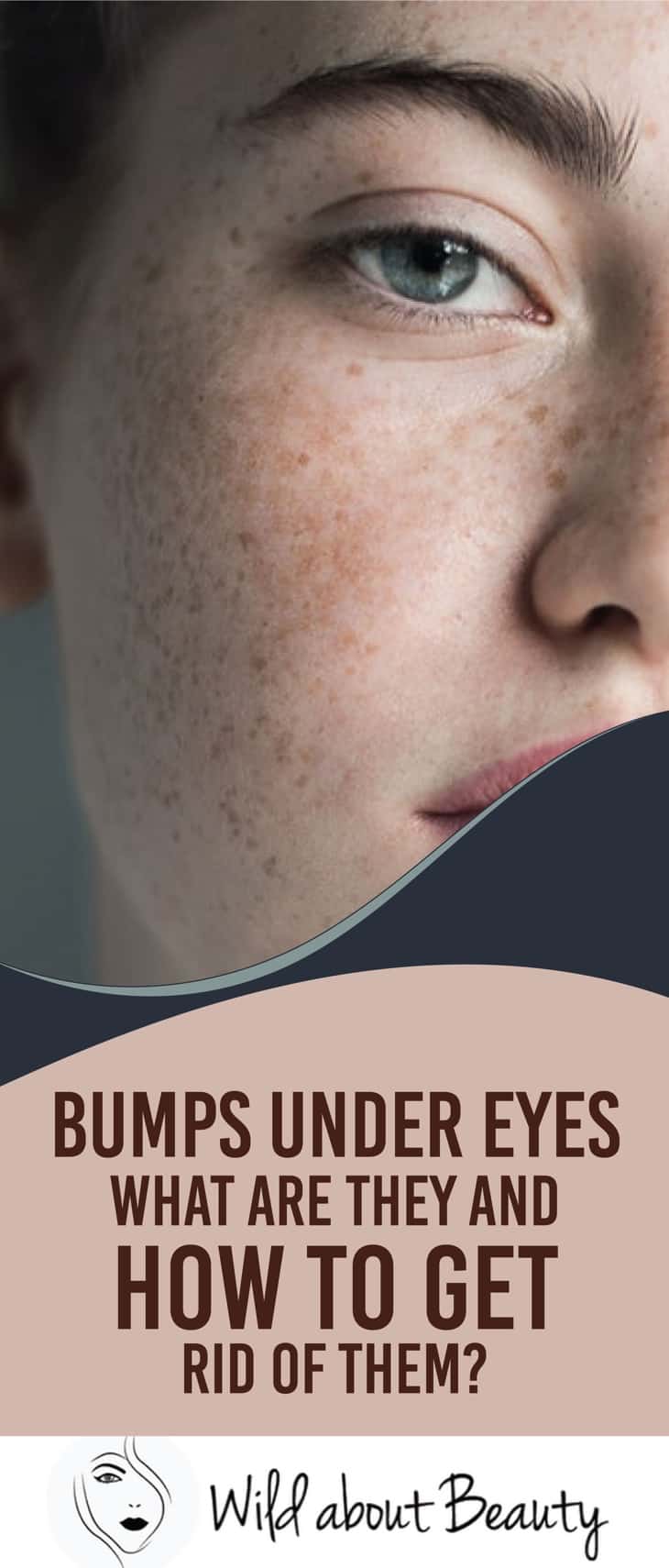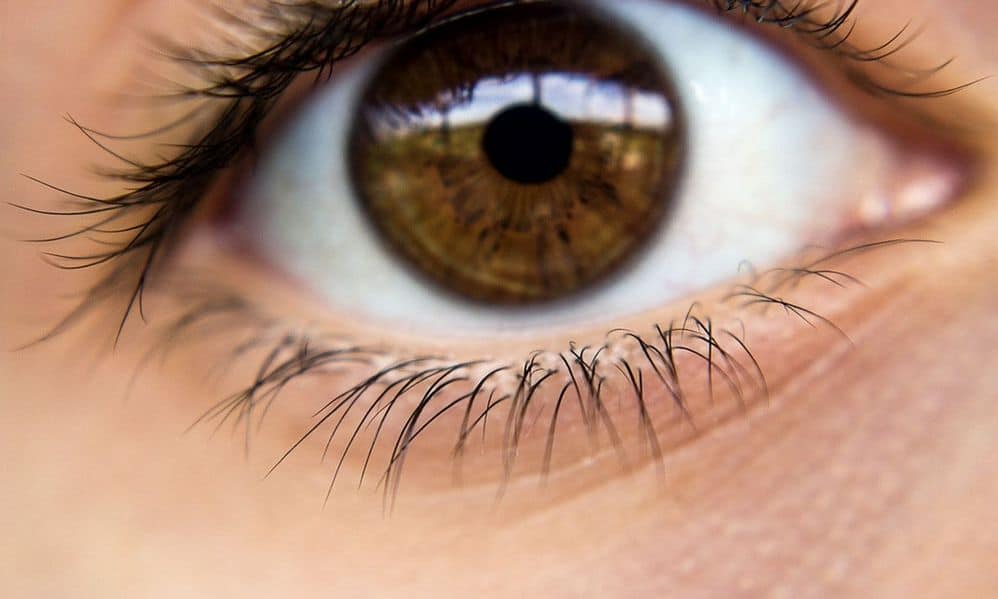Noticing small bumps under the eyes can be a distressing experience, but it’s important to understand that these are often a harmless condition known as milia. Milia are tiny cysts filled with keratin, a protein that normally protects the skin. These cysts appear when keratin becomes trapped beneath the surface of the skin, creating small, hard bumps that can show up on various parts of the body, though they are frequently found on the face.
While milia can affect anyone, they’re particularly common in newborns and may also emerge due to skin damage, such as sunburn or blistering, and their appearance can be exacerbated by certain skin conditions. Despite their stubborn look, these white or flesh-colored dots are typically painless and don’t indicate a more serious health issue. The bumps can often be managed with skincare routines using products that might already be part of our daily regimen. However, if customary treatments fail to clear them, professional advice from a dermatologist is recommended.
Chapter Overview
Milia Or Baby Acne?
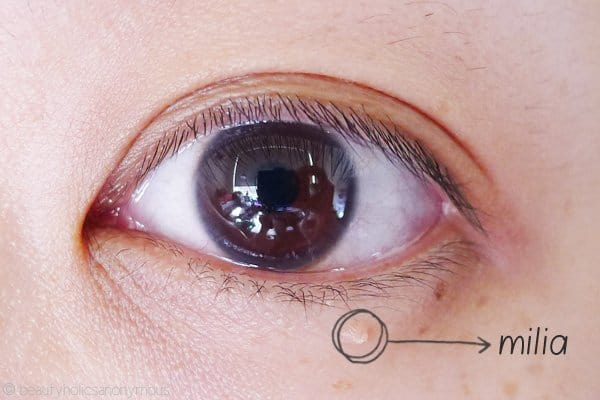
Can You Prevent Milia?
Preventing milia revolves around maintaining clean and unclogged pores. Here are some measures we recommend to limit the occurrence of these tiny cysts:
- Steer clear of heavy creams, particularly around the eyes if prone to milia.
- Switch to oil-free makeup removers.
- Be diligent about removing makeup every night.
- Regularly wash your face, including before bedtime.
- Keep your pillowcases clean to avoid transferring hair products to your skin.
How Long Does It Take For These To Disappear?
The duration milia remains can vary but is generally quite lengthy. Some adults may have these protein-filled bumps for several months or even longer, as the exact causes can be wide-ranging. Milia can emerge from extensive use of oil-based products, skin damage, or prolonged sun exposure. While milia is harmless and painless, for those seeking to lessen their appearance, there are effective treatments available.
What Is a Good DIY Solution For Bumps Under The Eyes?
For a gentle exfoliating treatment at home, a sugar scrub can be efficacious against milia, particularly for those bumps beneath the eyes. Here is a simple DIY recipe:
- Combine granulated sugar with olive oil to create a paste.
- Stir in raw honey for its soothing properties.
- Add a few drops of lemon juice for a natural astringent effect.
Preparation of this scrub ensures a natural and gentle way to exfoliate the skin. It’s important to use a light hand when applying any exfoliant to the delicate under-eye area to avoid irritation.
Can You Treat Them At Home?
Honey
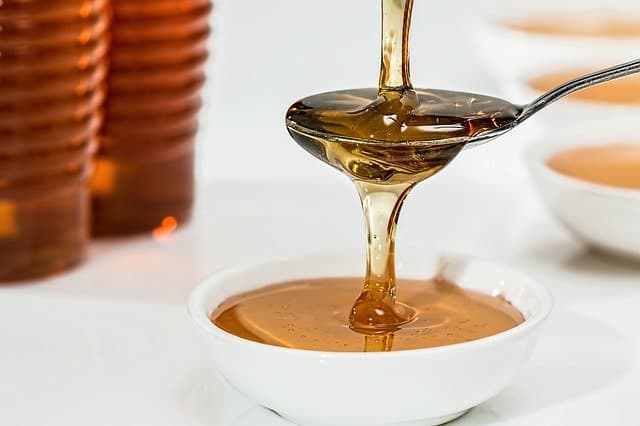
We understand the value of natural remedies, and honey is one of them. With its multitude of skin-friendly properties, it stands out as a solo application or combined with jojoba oil. Here are two ways to use it:
- Apply raw honey directly to your face, leave for 15 minutes, and rinse with warm water daily.
- Mix honey with jojoba oil as a mask, wait 15 minutes, rinse off, and use three times a week for best results.
Sandalwood and rose water
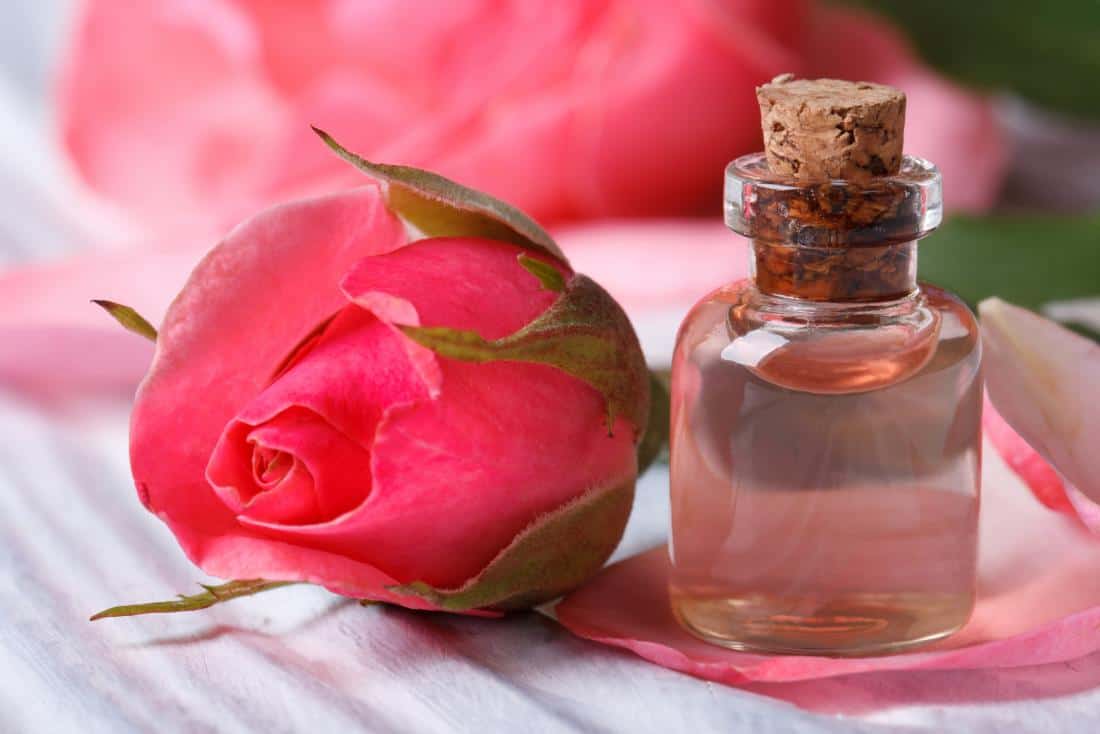
When excess oil and dead skin cells are your concerns, the blend of sandalwood and rose water offers a solution. This concoction serves as an excellent means of exfoliation.
- Create a paste using sandalwood powder and enough rose water.
- Apply to your face, wait for 15 minutes, then rinse with cool water. Repeat this routine daily for optimal outcomes.
Castor oil
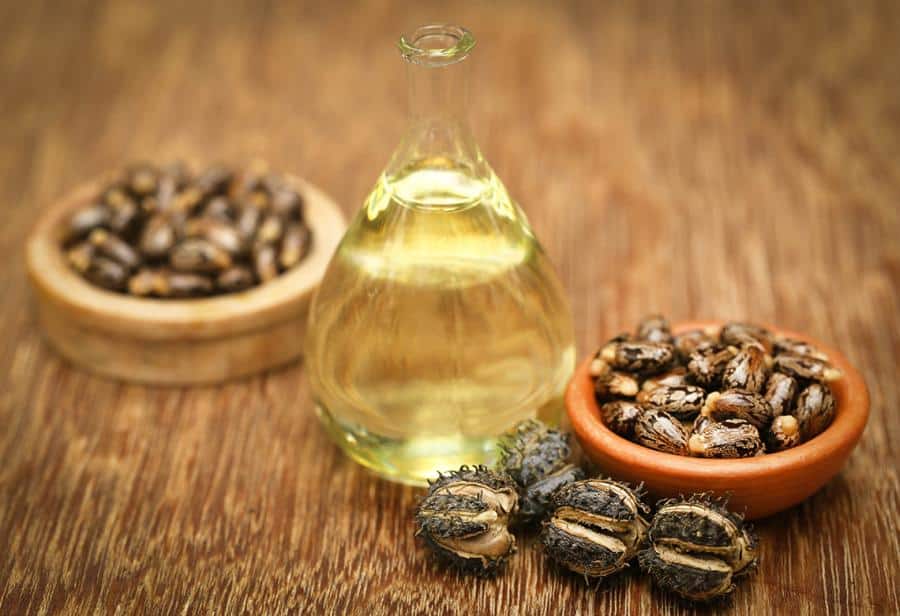
Castor oil, with its natural healing and antibacterial properties, effectively controls oil production—a crucial step in addressing milia.
- Massage half a teaspoon of castor oil into your face and wait for absorption. Apply daily.
- Alternatively, blend castor oil with baking soda to form a paste, apply for a few hours, then rinse. Continue daily use for a two-week period.
Pomegranate peel powder
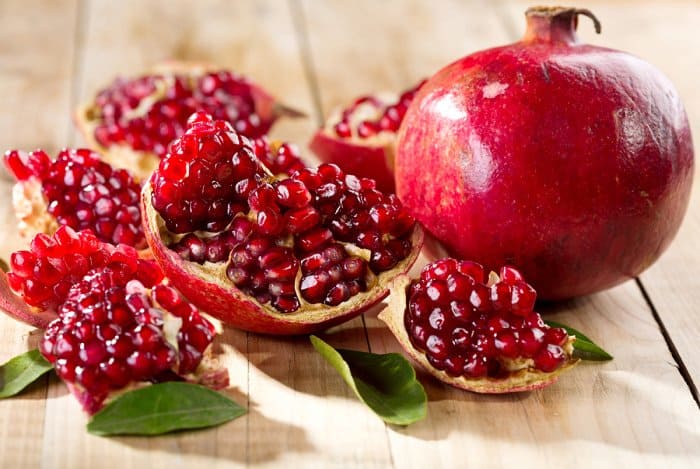
The high vitamin C content in pomegranate peel powder makes it an exceptional exfoliator.
- Dry roast pomegranate peels until brown, then grind into a powder.
- Mix with lemon juice or rose water to form a paste, gently apply to your face, leave for 20 minutes, and rinse.
Cornstarch and Vinegar
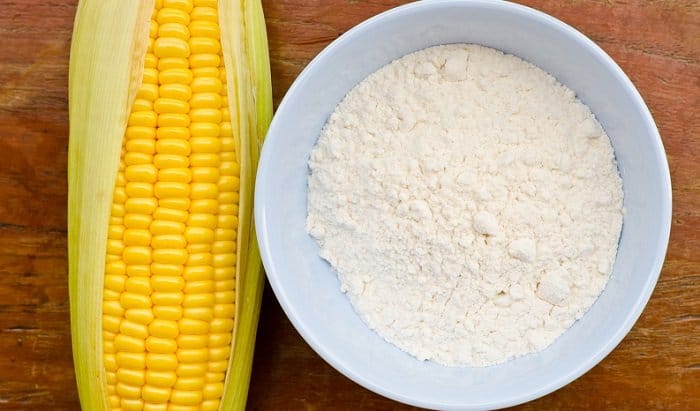
Combining cornstarch with vinegar provides another effective approach to reducing milia thanks to the oil-absorbing power of cornstarch and the astringent properties of vinegar.
- Mix apple cider vinegar and cornstarch into a paste.
- Cover the affected area, wait for 25 minutes, remove with a warm water-soaked washcloth, and rinse.
- Apply this paste daily for progressive results.
Should You See a Doctor?
- Painful skin conditions requiring professional attention:
- When home treatments fail, a dermatologist may be needed.
- Stubborn milia not responding to exfoliation.
- Scarring risk from improper self-treatment.
- Minimally invasive treatments:
- Lancing: performed by a dermatologist to remove cysts.
- Cryotherapy, laser ablation, or surgery for persistent cases.
- Signs to seek medical advice:
- Persistent swelling or bumps.
- Bumps that feel infected, painful or show signs of pus.
- Conditions like chalazia, styes, or blepharitis.
- Concerns for specialty care:
- A biopsy might be necessary to rule out skin cancer.
- Trauma or skin damage from attempts to pop or pick.
- Ophthalmologist consultation for eye-related symptoms.
- Medications and specialized treatments:
- Antibiotics or corticosteroids for bacterial infections.
- Diabetes patients may experience complications.
